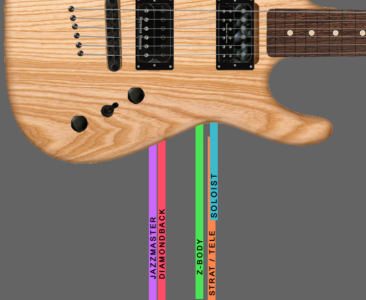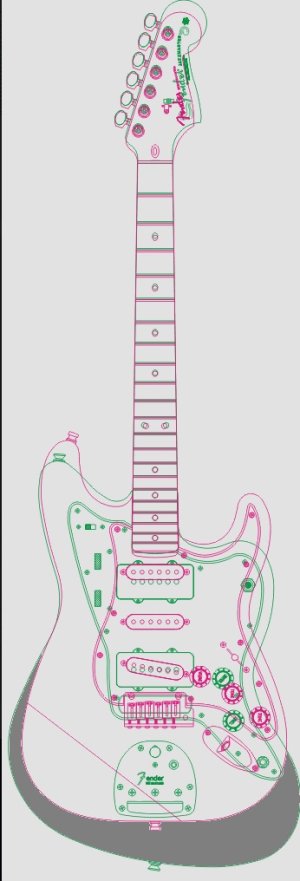Mincer
Junior Member
- Messages
- 140
I have a lightweight strat ash body, and don't want the guitar to end up neck-heavy. With common shaft woods (or even exotic ones), what is the general lightest-to-heaviest list? I really only have experience with maple, roasted maple, and wenge (but don't know where wenge would be on that list).





